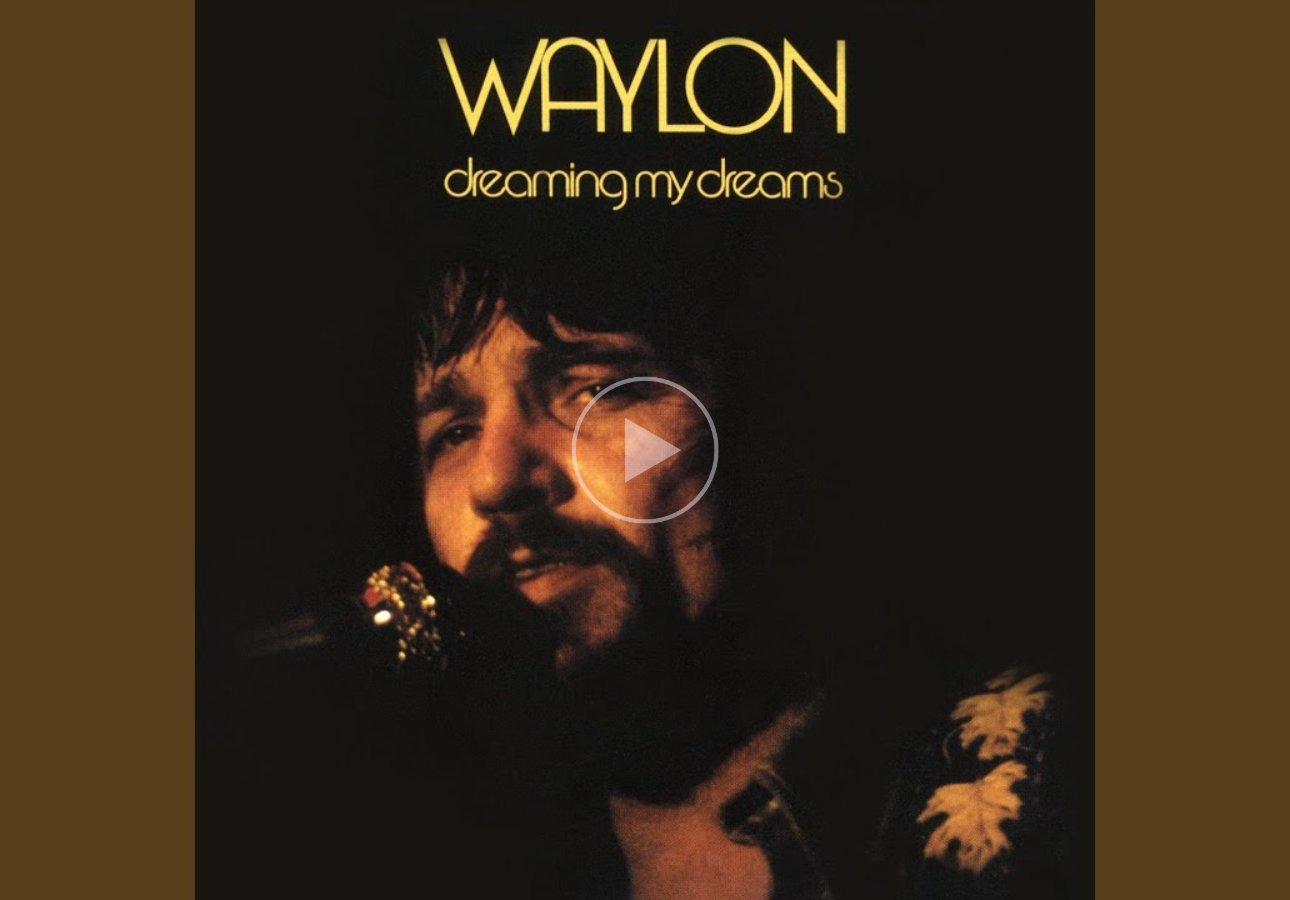About The Song
Background
Released in 1970, “Waymore’s Blues” is a country ballad written and performed by the legendary outlaw country singer Waylon Jennings. The song’s title is a clever homage to blues music, a genre that heavily influenced Jennings’ early work. While the exact “Waymore” is never identified, it’s believed to be a reference to a fellow musician or drifter Jennings encountered on his travels.
“Waymore’s Blues” appeared on Jennings’ critically acclaimed album “Shooting Stars,” a collection of introspective songs that marked a turning point in his career. The album showcased Jennings’ signature blend of countrypolitan instrumentation with raw, emotional vocals, a sound that resonated deeply with audiences yearning for authenticity in the wake of the Nashville sound’s polished pop sheen.
Musical Style
“Waymore’s Blues” is a slow-burning ballad driven by a melancholic acoustic guitar melody. The gentle strumming is punctuated by mournful pedal steel guitar swells, creating a sense of lonesome despair. The rhythm section, consisting of upright bass and drums played with brushes, provides a steady yet unobtrusive heartbeat for the song.
Jennings’ vocals are a masterclass in conveying heartache. He delivers the lyrics with a world-weary rasp, his voice cracking with emotion at times. The overall effect is one of raw vulnerability, allowing the listener to connect with the narrator’s pain.
Lyrics
The song paints a vivid picture of a man wrestling with loneliness and regret. The opening lines set the scene: “Well, I woke up this mornin’ it was drizzlin’ rain / Around the curve come a passenger train / Heard somebody yodel and a hobo moan / Jimmy he’s dead, he’s been a long time gone.”
The imagery of a drizzly morning and a passing train evokes a sense of aimlessness and isolation. The mention of a dead friend named Jimmy adds another layer of sadness, suggesting a past filled with loss.
The narrator then reflects on his own shortcomings: “I got a good woman what’s the matter with me / What makes me want to love every woman I see / I was travin’ when I met her now I’m travelin’ again / And every woman she sees look like a place I came in / Look like a place I came in.”
He wrestles with infidelity and a restless spirit, ultimately unable to commit to the good woman he has. This internal conflict fuels his blues, a constant reminder of the choices he’s made.
The chorus, a simple yet powerful refrain, captures the essence of the song: “Waymore’s blues got a hold on me / Waymore’s blues won’t let me be / Waymore’s blues got a hold on me / Waymore’s blues won’t set me free.”
The repetition of “Waymore’s blues” emphasizes the all-encompassing nature of the narrator’s sadness. It’s not just a passing feeling; it’s a heavy burden he carries with him.
Cultural Impact
“Waymore’s Blues” became a signature song for Waylon Jennings, a staple of his live performances and a beloved track among fans. The song’s raw honesty and relatable themes resonated with a generation yearning for a more authentic country sound. It helped solidify Jennings’ reputation as a leading figure in the outlaw country movement, a genre that challenged the Nashville establishment’s polished pop-oriented productions.
The song’s influence can be heard in the works of countless country artists who followed Jennings’ path, prioritizing emotional honesty and storytelling over commercial trends. “Waymore’s Blues” also transcended genre boundaries, inspiring artists from rock and blues backgrounds who were drawn to Jennings’ gritty vocals and introspective lyrics.
Conclusion
“Waymore’s Blues” is more than just a country song; it’s a timeless exploration of universal themes like love, loss, and the struggle for self-acceptance. Through its melancholic melody and Jennings’ deeply personal performance, the song captures the essence of the blues, a genre built on expressing hardship and heartbreak.
The song’s enduring legacy lies in its ability to connect with listeners on a profound level. It reminds us that loneliness and regret are part of the human experience, and that even in the midst of darkness, there is beauty and truth to be found.

Leave a Reply